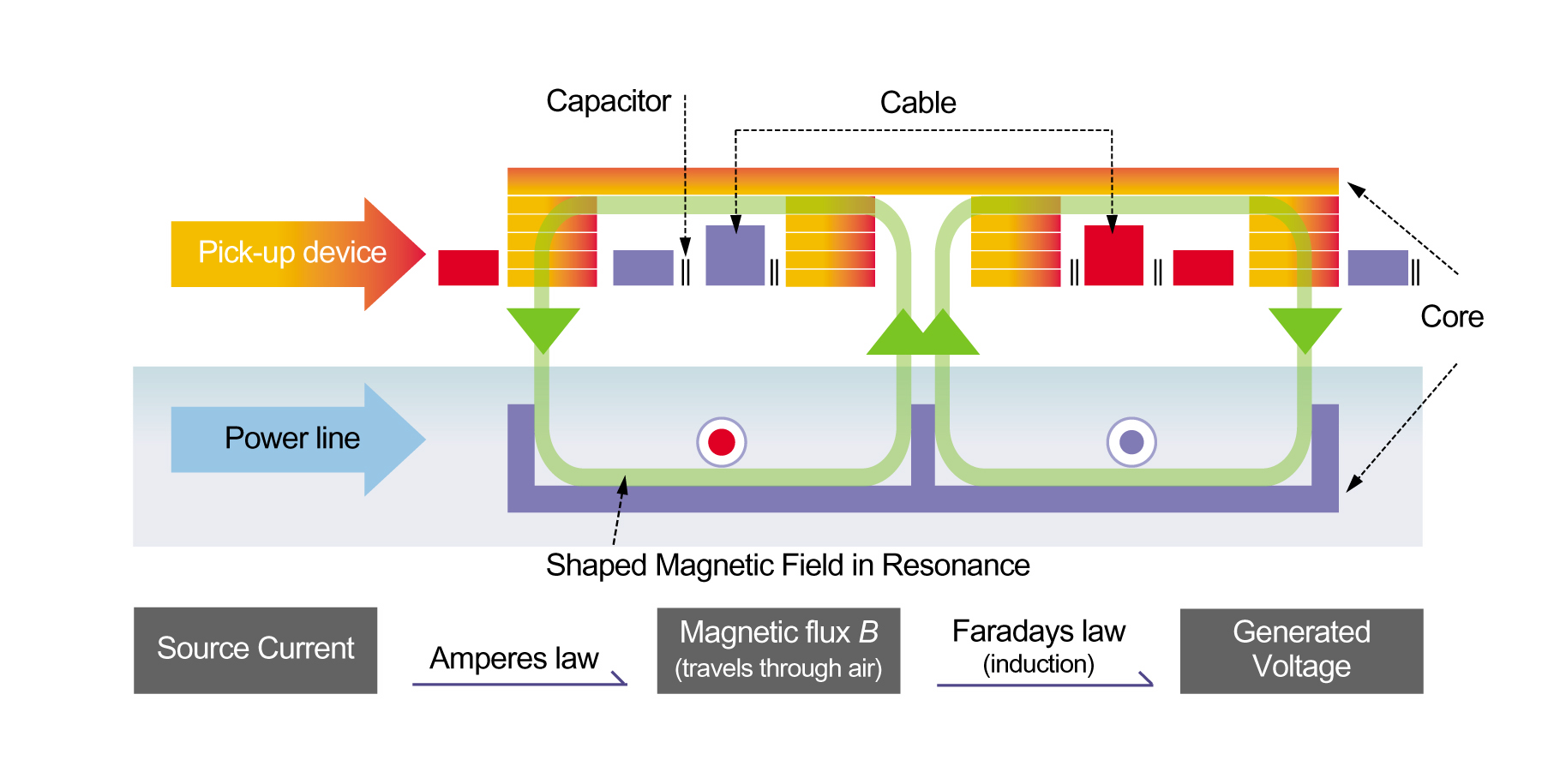research
KAIST and the Korea Railroad Research Institute (KRRI) have developed a wireless power transfer technology that can be applied to high capacity transportation systems such as railways, harbor freight, and airport transportation and logistics. The technology supplies 60 kHz and 180 kW of power remotely to transport vehicles at a stable, constant rate.
“We have greatly improved the OLEV technology from the early development stage by increasing its power transmission density by more than three times. The size and weight of the power pickup modules have been reduced as well. We were able to cut down the production costs for major OLEV components, the power supply, and the pickup system, and in turn, OLEV is one step closer to being commercialized.”

-
event 2013 International Forum on Eco-Friendly Vehicle and System
Leaders in transportation technology gathered at KAIST to discuss commercialization & standardization and to encourage the exchange of research progress, strategy, and future initiatives in transportation technology. The Graduate School for Green Transportation at KAIST hosted the 2013 International Forum on Eco-friendly Vehicles and Systems (IFEV) in Fusion Hall of the KAIST Institute Building from October 21 to 22. About 50 leaders in the field of future transportation from academic inst
2013-11-15 -
people Popular Science May 2013: Online Electric Vehicle (OLEV) Introduced as Part of Smart Roads
Popular Science (PopSci), a famous American monthly magazine publishing popular science articles for general readers on science and technology subjects, introduced KAIST’s Online Electric Vehicle (OLEV) in its latest issue of May 2013. For the article, please see the attachment.
2013-04-25 -
people KAIST OLEV (On-Line Electric Vehicle) to begin operation!
An On-Line Electric Vehicle (OLEV) that can charge during travel will be put into service for the first time in the world on normal roads. From July of this year 2 OLEV buses will undergo trial operations in the city of Gumi. The trial route spans 24km from Gumi station and the region of In-Dong and the establishment of the route is expected to be of a 4.8billion Won scale. The start of the infrastructure construction will start on February and operation will start in July. KAIST had held
2013-01-22 -
research New wireless charging device developed
The On-line Electric Vehicle (OLEV) developed by KAIST has made a step towards commercialization with the development of a more economic wireless charging device. Professor Chun-Taek Rim from the Department of Nuclear and Quantum Engineering at KAIST has developed a new I-shaped wireless charging device that differs from the pre-existing rail-type electricity feeder. This device can be modularly produced and requires relatively less construction, significantly reducing the cost of implementa
2012-07-06 -
people KAIST Online Electirc Vehicle Introduced by CNN
CNN aired KAIST’s Online Electric Vehicle (OLEV) on August 29, 2011 in its program called “Eco Solutions” that reports on meeting people with innovative solutions to preserve the planet. The reporter went to Seoul Grand Park, an amusement park and introduced an online electric tram developed by KAIST and operated on a daily basis for park visitors since July 29, 2011. KAIST has designed different types of OLEVs including bus, SUV, and tram. The reporter said that “t
2011-09-09